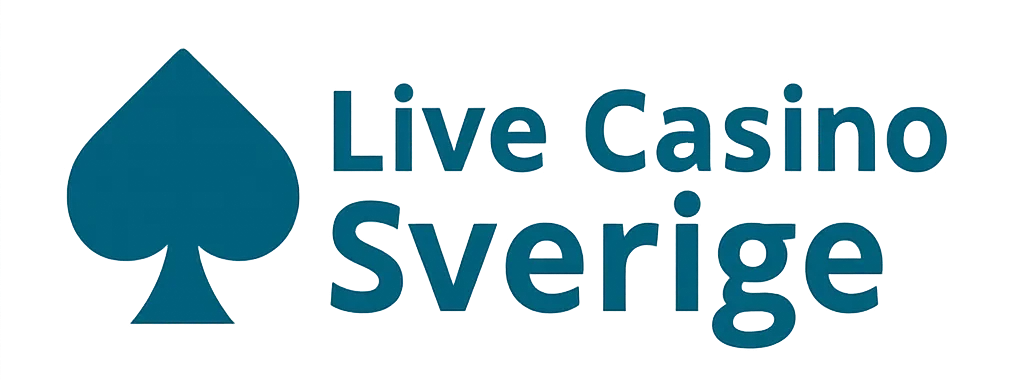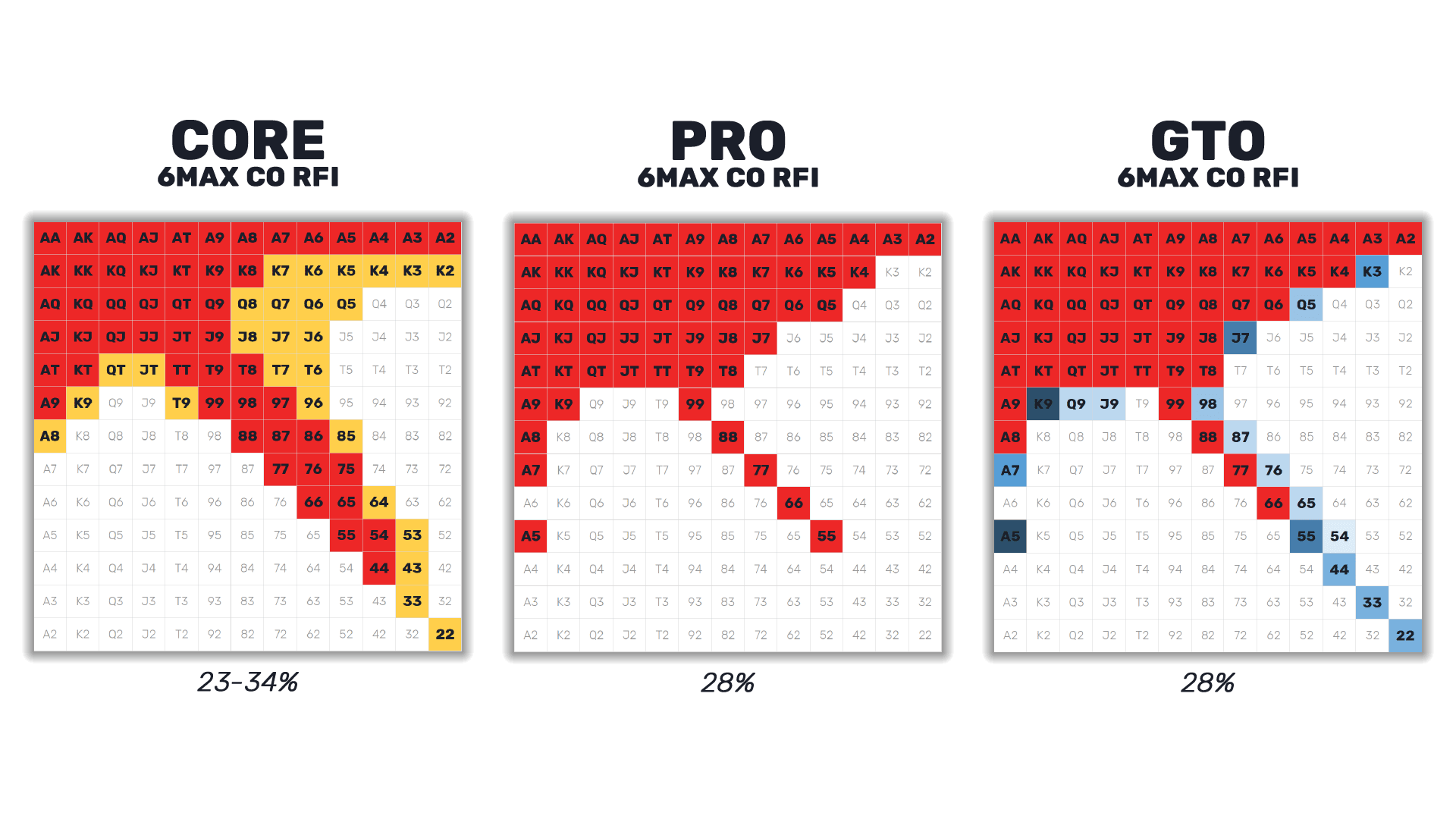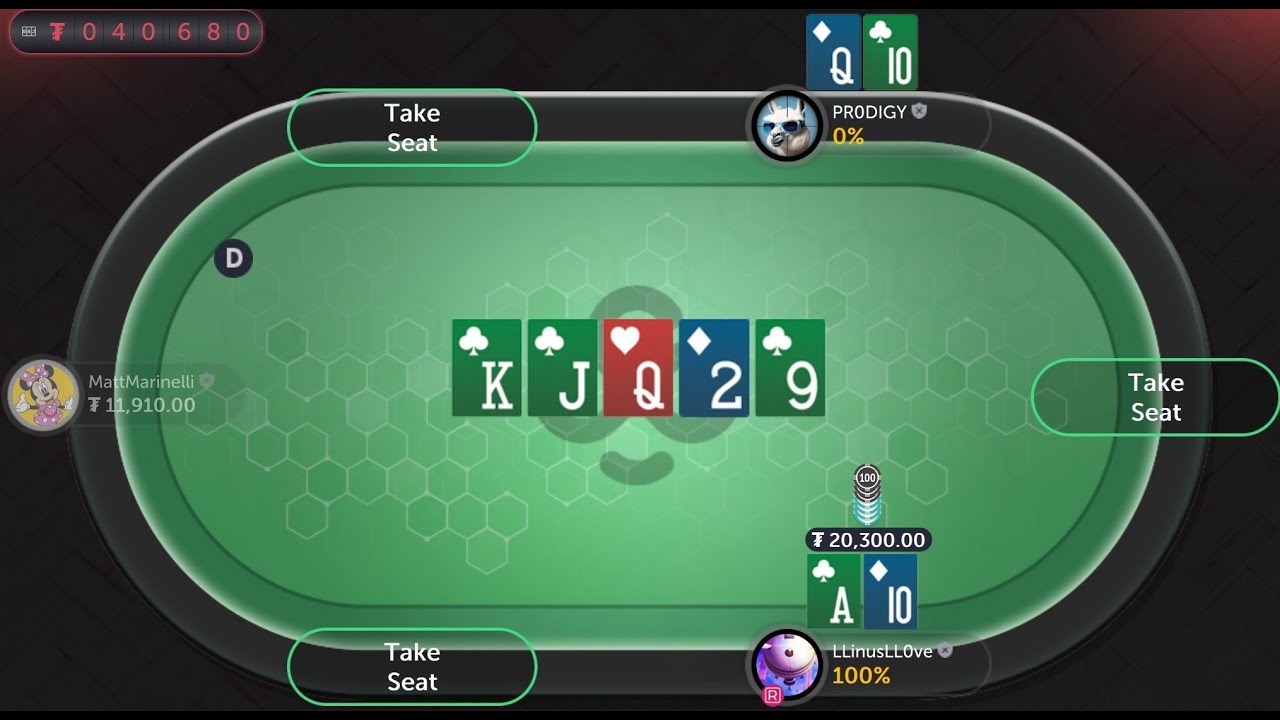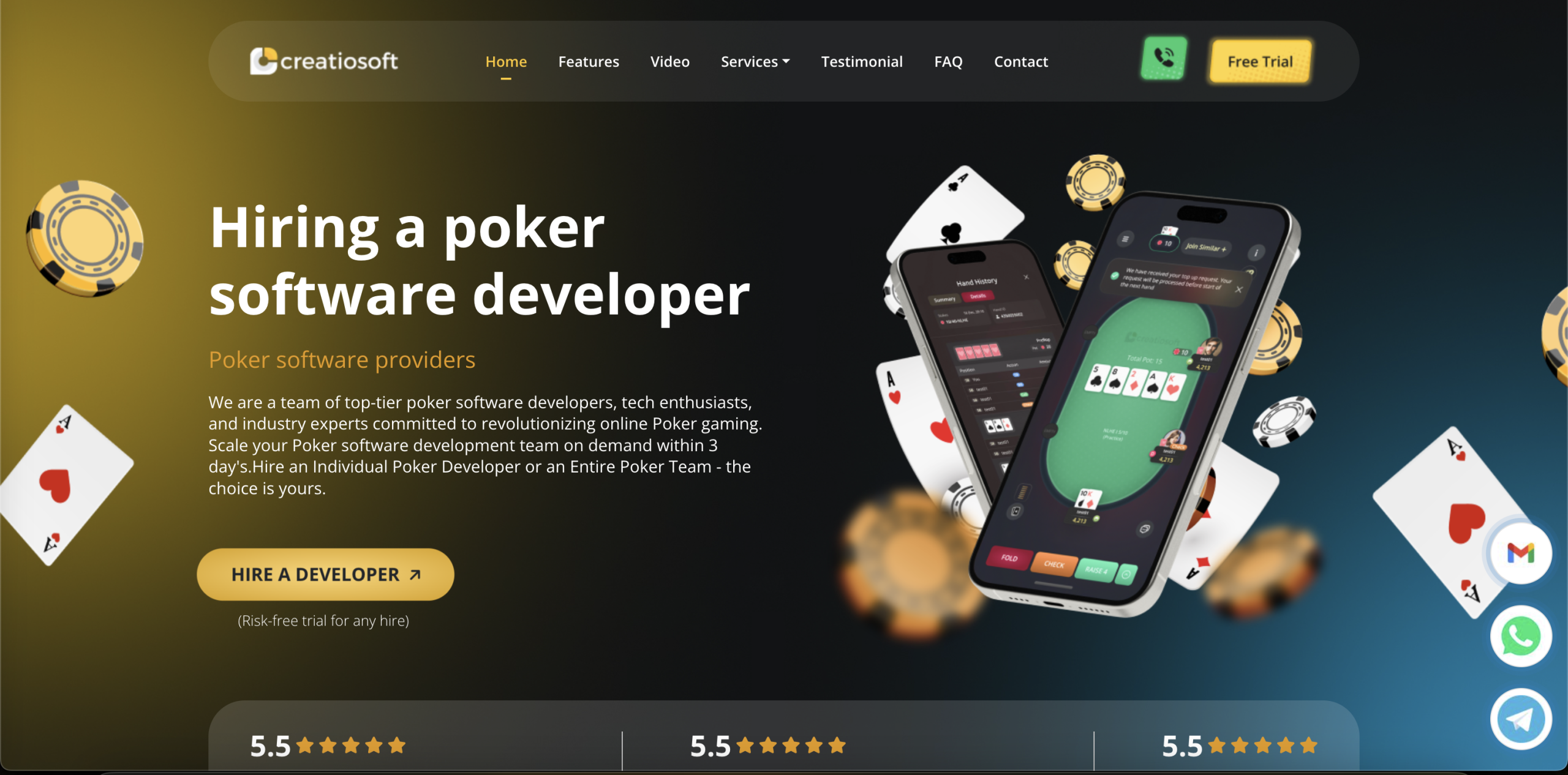Let’s be honest—poker isn’t just about luck. Whether you’re grinding cash games or chasing tournament glory, the strategies you use can make or break your bankroll. But here’s the thing: cash games and tournaments? They’re like comparing a marathon to a sprint. Both test your skills, but in wildly different ways.
The Core Differences: Why Strategy Shifts Matter
You wouldn’t use a hammer to screw in a lightbulb, right? Same logic applies here. Cash games and tournaments demand different tools. Here’s why:
- Cash games let you buy back in anytime—your stack is fluid, like water in a glass.
- Tournaments lock you in. Blinds increase, and you can’t reload. It’s survival mode.
- Profit timelines differ. Cash games offer immediate wins; tournaments pay out much later (if at all).
Cash Game Strategies: Playing the Long Game
Cash games are where patience pays—literally. Think of it like tending a garden. You plant seeds (solid hands), water them (bet strategically), and harvest (rake in pots). Here’s how to do it right:
1. Bankroll Management: Don’t Go Broke
Rule #1? Protect your stack. A good rule of thumb: never sit with more than 5% of your total bankroll. If you’ve got $1,000, stick to $50 max buy-ins. Sounds conservative? Maybe. But it keeps you in the game.
2. Hand Selection: Tight But Not Predictable
Play fewer hands—but play them aggressively. Premium hands (think Aces, Kings, Queens) are your bread and butter. But mix in some suited connectors or low pairs occasionally. Keeps opponents guessing.
3. Bet Sizing: The Goldilocks Principle
Too big, and you scare everyone off. Too small, and you give odds to draw-heavy hands. Aim for 3-4x the big blind preflop. Post-flop? Adjust based on the texture of the board.
Tournament Strategies: Survive Then Thrive
Tournaments are a rollercoaster. Early on, you’re conserving chips. Later? It’s all about aggression. Here’s how to navigate the chaos:
1. Early Stage: Play Like a Rock
Blinds are low, so there’s no rush. Fold marginal hands. Let the reckless players knock each other out. Your goal? Preserve chips for the real battle.
2. Middle Stage: Find Your Spots
As blinds climb, you can’t just fold your way to victory. Start stealing blinds with late-position raises. Target tight players—they’ll fold more often than not.
3. Bubble & Final Table: Flip the Switch
This is where tournaments get spicy. Short-stacked? Shove with any decent hand. Big stack? Bully the table. The bubble (just before payouts) is prime time to exploit cautious players.
Key Adjustments Between Formats
Switching between cash and tournaments? Here’s what to tweak:
| Factor | Cash Games | Tournaments |
| Stack Sizes | Deep (100+ BB) | Shrinking (often <50 BB) |
| Risk Tolerance | Lower (protect chips) | Higher (survival first) |
| Opponent Mindset | More predictable | Desperation kicks in |
Common Mistakes to Avoid
Even pros slip up. Here’s what not to do:
- Cash games: Overplaying weak hands “just because you’re bored.”
- Tournaments: Ignoring stack sizes—yours and your opponents’.
- Both: Letting emotions dictate bets. Tilt is a silent killer.
Final Thoughts: It’s About Adaptability
Poker isn’t static. The best players? They’re chameleons. They tighten up in cash games when the table’s loose, or go hyper-aggressive in tournaments when the blinds eat their stack. The real skill isn’t just knowing the rules—it’s knowing when to bend them.




